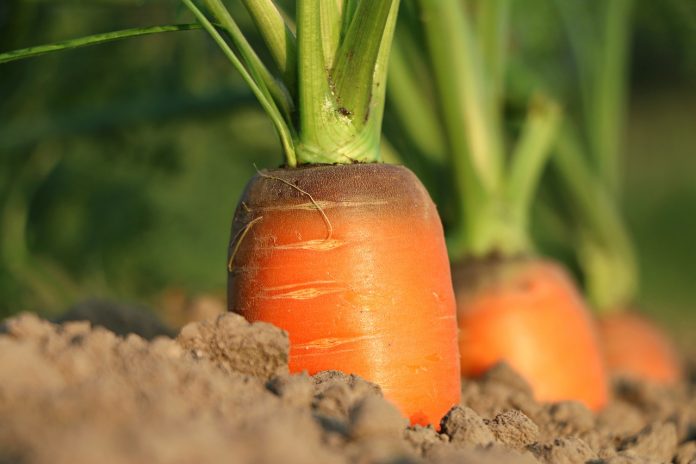COLUMBIA, Mo. — Ashes produced by wood-burning fireplaces or stoves are an excellent example of the idiom “don’t throw out the baby with the bathwater,” says University of Missouri Extension horticulturist David Trinklein.
“When collected and spread on the garden, they are an excellent and free source of calcium and other plant nutrients,” Trinklein says.
Ashes
Ashes represent the organic and inorganic remains after the combustion of wood.
As a rule, hardwood species produce three times more ashes and five times more nutrients than softwood species, he says.
Since carbon, nitrogen and sulfur are the elements primarily oxidized in the combustion process, wood ashes contain most of the other essential elements required for the growth of the tree used as fuel.
By weight, wood ash contains 1.5-2 percent phosphorous and 5-7 percent potassium. If listed as a fertilizer, most wood ash would have the analysis of 0-1-3 (N-P-K).
The calcium content of wood ashes ranges from 25 to 50 percent.
Because of their high calcium content, it’s probably best to think of wood ashes as a liming material to adjust soil pH rather than a regular fertilizer to supply a wide array of nutrients, Trinklein said.
Ideal pH
The ideal pH range for most garden plants is about 6.0 to 6.5. When soil pH falls below this range, certain essential mineral elements become less available to the plant.
Since garden soils tend to become more acid as plants take up nutrients, periodic pH adjustment to decrease soil acidity (increase pH) is necessary.
“Most wood ashes have an acid-neutralizing equivalent of about 45-50 percent of calcium carbonate,” Trinklein says.
In other words, it takes about twice as much wood ash as calcium carbonate (limestone) to change the soil acidity by the same amount.
For example, if soil test results indicate you need 5 pounds of limestone per 100 square feet of garden area to raise the soil pH to an acceptable level, you’ll need 10 pounds of wood ashes to make the same change.
Application
Apply small amounts of wood ash to the garden yearly to supply other nutrients such as phosphorus and potassium.
Trinklein recommends a soil test every two to three years where applications are made on a regular basis.
Excessive application of wood ash can build up pH above the optimum range. This can reduce nutrient availability.
Wood ashes not immediately applied to the garden should be stored under dry conditions.
Ashes piled outdoors lose most of their potassium in a year’s time due to leaching from rains. Additionally, weathered wood ash’s ability to act as a liming agent is greatly reduced.
Because of the fine nature of wood ashes, they cannot modify soil structure, so they are not considered a soil conditioning agent. The carbon compounds that act as a soil conditioner in sawdust, leaf mold or compost have for the most part been consumed by the fire.
Best practices
Wood ashes are highly alkaline. Wear protective glasses, gloves and a dust mask when spreading on the garden.
Don’t use ashes that result from burning cardboard, trash, coal or treated wood of any type since they may contain potentially harmful materials.











After a LOT of research, I found out that wood ashes are good for your pastures too, assuming you need a lime type application. Limited wood ashes for the garden are great, but those of us who burn wood for heat usually have excess ashes.
For pastures, 32 pounds of ashes per 100 square feet. You probably won’t have enough to do a standard size pasture, but it is a start, and a great way to get rid of excess ashes.
Too tell the truth, I just eyeball the weight and area, I spread with a feed scoop, slinging the ashes. Make sure you are upwind of where slinging!! Oh, a dirty job no matter how you do it. Wear a dust mask. If your pasture needs lime, you WILL see a difference, probably enough proof for you to hire the wagon with a load of lime. If spreading from a wagon, you will need a soil test. For the ashes, since you are doing a small area, give it a try and marvel at the results, especially effective in areas where you can’t take in a wagon.